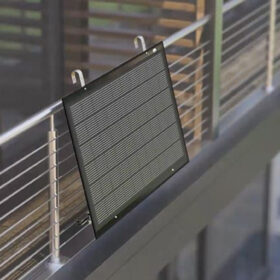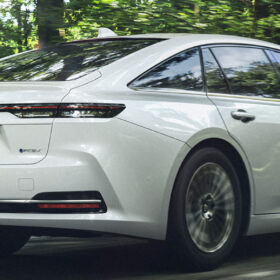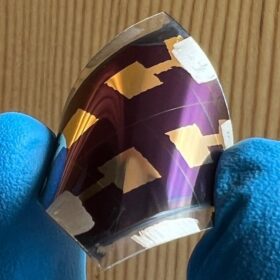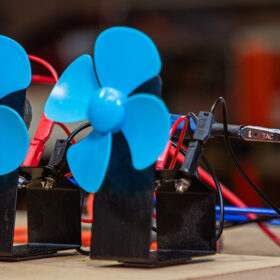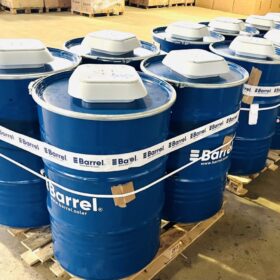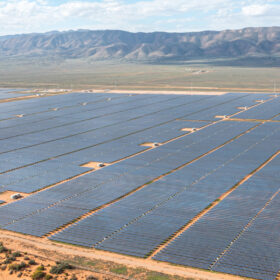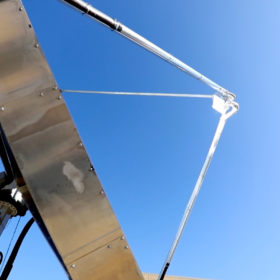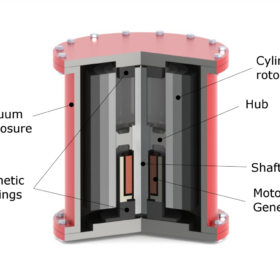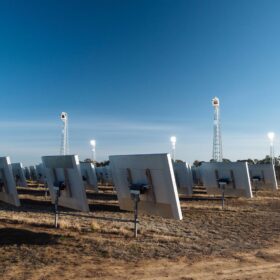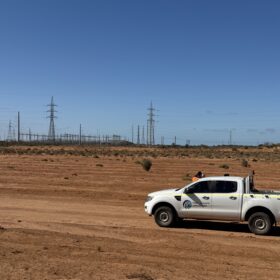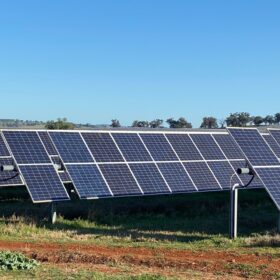Italian startup unveils 350 W balcony TOPCon solar modules
Fly Solartech Solutions Srl’s new 60-cell modules have a power conversion efficiency of 17.87% and a temperature coefficient of -0.27% per degree Celsius. The company offers the panels with 300 W, CEI-021-certified microinverters featuring 96.5% peak efficiency.
Enel cancels second hydrogen project in Italy
Italian energy group Enel says it is scrapping its plans to build a hydrogen project in La Spezia, Italy, despite €13.72 million ($22.66 million) in European subsidies, while Toyota has introduced its new Crown Sedan fuel cell electric vehicles (FCEV) in Japan.
New market player snaps up 370 MWh Victorian battery project
Asset management company Sosteneo Infrastructure Partners has made its first foray into the Australian renewable energy market, purchasing the 185 MW/370 MWh Koorangie Energy Storage System in northern Victoria from Edify Energy.
Hydrogen buses less efficient than battery models
Italian researchers have compared the performance of hydrogen and electric buses in northern Italy. Meanwhile, Australian company Worley has collaborated with Princeton University to devise a 10-point action plan for Europe’s renewable hydrogen sector.
Flexible indoor perovskite solar cell achieves 32.5% efficiency
Italian scientists have developed a flexible indoor perovskite solar cell with 32.5% efficiency. Their design uses a PET substrate combined with a tetrabutylammonium bromide layer over the perovskite absorber. This additional layer effectively reduces defect density and enhances the stability of the underlying 3D perovskite structure.
Melbourne researchers target MW scale with proton battery technology
A team of engineers at Melbourne’s RMIT University have developed a rechargeable ‘proton battery’, claiming the technology has the potential, with further development, to store more energy than currently available lithium-ion batteries.
Italian startup offers solar kits packed in barrels
Italian manufacturer Barrel claims that solar kits packed in barrels are ideal for remote areas and conflict zones. Its standard packages consist of 6 kW solar modules, a 5.6 kW single-phase hybrid inverter, and 3.55 kWh of lithium battery energy storage capacity.
Japan’s Inpex secures 50% share in Enel’s Australian solar portfolio
Japanese oil and gas giant Inpex has struck a deal to buy 50% of Italian utilities giant Enel Group’s Australian renewable energy platform, Enel Green Power Australia, handing it joint control of a solar farms portfolio that includes 254 MW of installed capacity and another 170 MW of renewables under construction.
Swiss team sets record solar-to-hydrogen rate
Researchers from Switzerland’s École Polytechnique Fédérale de Lausanne have unveiled a new solar dish plant design, while Plug Power has delivered its first electrolyser system to Europe.
Battery hydrogen vs. battery flywheel
Scientists in Italy have looked at how flywheel storage and reversible solid oxide cells could be integrated with lithium-ion batteries in minigrids powered by solar. They found that flywheels combined with batteries could be the cheapest option for power smoothing.
